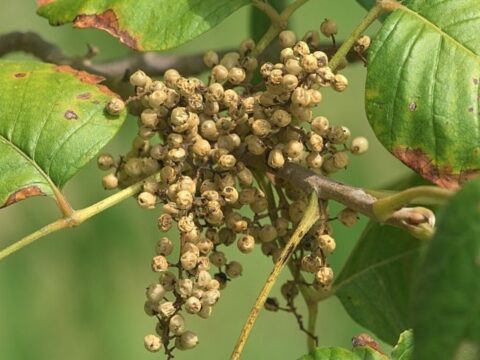If you are an adventurer and like to wander around in unusual places, you have probably come across things that frighten you.
It can be animals, dirty insects, and also plants that are poisonous.
Poison ivy is one of those many plants that make you reconsider consuming anything that you find on a hiking trail or in the forests.
While nature is full of beautiful things, it also has some vicious elements.
That’s where the human intellect comes in, which helps you decide what to use as a blessing and what to avoid as a curse.
Table of Contents
What Happens if You Eat Poison Ivy Berries?
While poison ivy berries are a regular source of food for birds, they can have tremendous repercussions if ingested by mammals. If eaten by humans or animals, it can cause rashes and allergies and lower the immune system. In extreme cases, these berries can also be fatal.
How to Stay Away from Poison Ivy Berries
It is not enough to simply look at the pictures of poison ivy berries and intend to avoid them next time you go on a trail.
This plant changes color and shape almost every quarter and is not easy to detect among a wide variety of plants.
To avoid being infected with this plant or its berries, here are a few precautions you should use to protect yourself.
1. Gear Yourself Well
When going out on a hike or wandering around in the forest, make sure that you are covered well.

Such places have many snakes or tiny insects that may cause harm, if not the poison ivy berries.
Therefore, it is essential to wear gloves, full-length pants, a shirt with full sleeves, protective glasses, and long boots.
You shouldn’t be bothered right now how hot you feel with all the layers of clothes you’re wearing. If you’d like to stay safe while you’re taking your adventurous journey, you must take these steps.
2. Sterilize your Clothes
Poison ivy berries contain a sticky substance called urushiol, which is particularly harmful.
To make sure that this substance has not stuck to your clothes, it is recommended to wash them immediately once you reach back home.
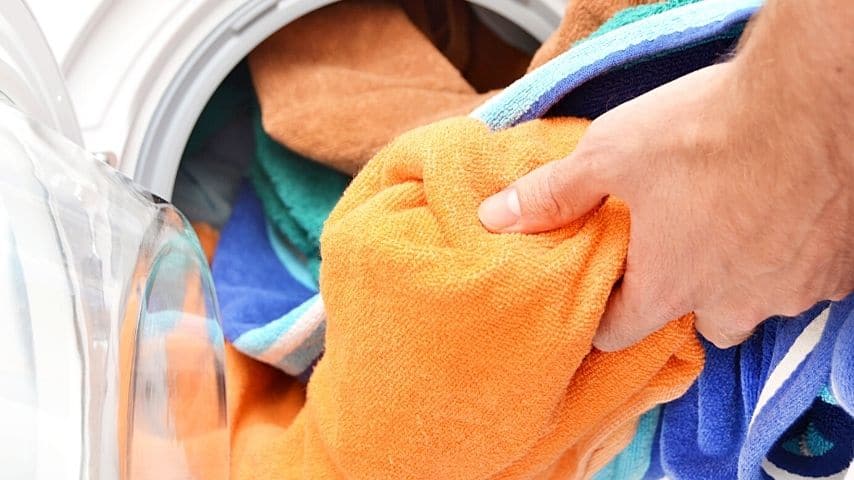
After cleaning all the clothes, socks, and gloves that were exposed to being contaminated, you should rinse your washing machine thoroughly so that no other traces of urushiol are left in the machine.
If you were using any other accessory such as your phone or camera during the time you were exposed to this plant, immediately use alcohol wipes on them to remove any traces of urushiol.
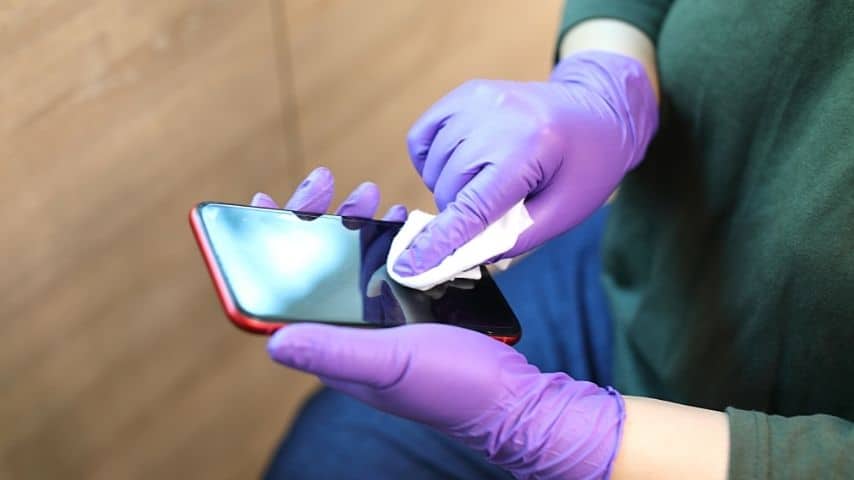
3. Use Bentoquatam
Bentoquatam is a medicine that you can get from any pharmacy as an OTC medicine in the form of either a lotion or a cream tube.
It works by making your skin resistant to the absorption of the sticky substance, also called urushiol.
Once you use this lotion on all the exposed parts of your body, such as your hands, arms, and face, you will be protected against the harmful effects of the poison ivy berries.
4. Do Not Burn the Plant
At times, you might think that burning such a poisonous plant would be good for not only you but also for others that may come in contact with it in the longer run.
However, it’s crucial to know that this is not a wise choice.
The smoke that will arise from burning the poison ivy berries will make its way through your lungs and will be disastrous for your health.
Once the smoke particles interact with the air you are standing near, you can also develop highly severe rashes and suffer from shortness of breath.
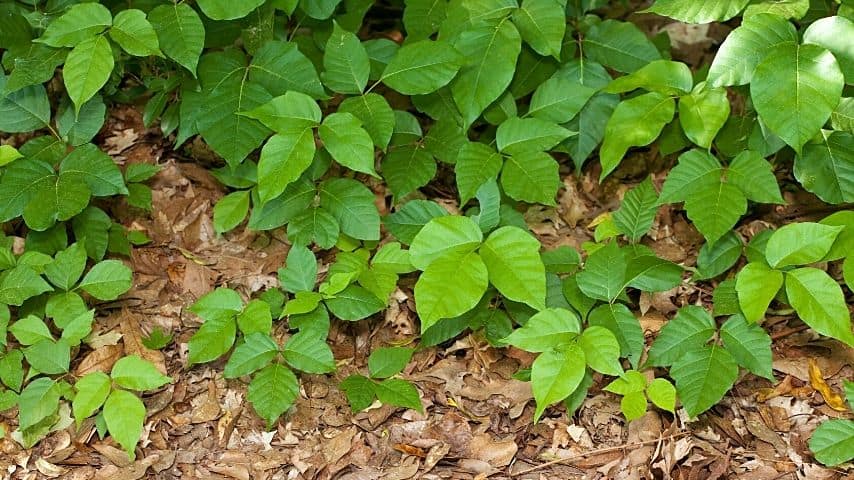
What to Do If You Get Yourself Infected with Poison Ivy Berries
While hospitalization should not be required for many individuals if infected with poison ivy berries, it can still pose serious problems for children and older adults, especially those with a weak immune system or an underlying medical condition.
If you have developed a rash after being exposed to the poison ivy berries, make sure you use a cold compress on the inflammation for fifteen to twenty minutes at least four times a day.
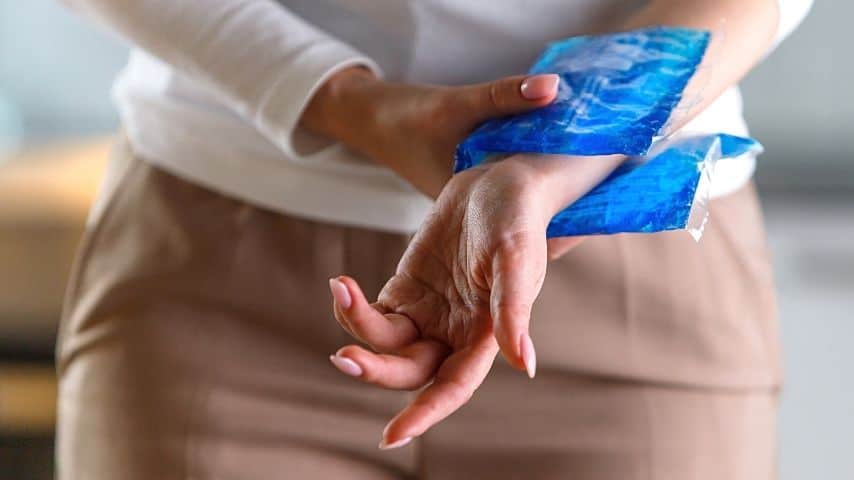
This will help to significantly reduce the swelling and pain you might have from scratching the rash.
Furthermore, you can also use an over-the-counter medicine called calamine which can be easily found in any pharmacy store in the form of a lotion.
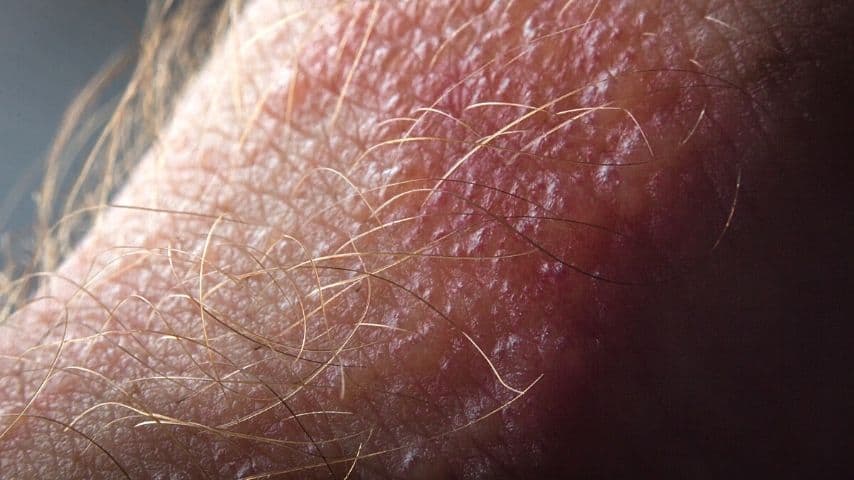
Apply it to your entire body after taking a shower so as to avoid the spread of infection to other parts of the body.
Hospitalization may be required if you are experiencing a rash for more than three weeks and no improvement is visible.
Moreover, if you develop a high fever and experience shortness of breath for more than a day, you should immediately contact health services in order to avoid further repercussions.
Frequently Asked Questions about What Happens if You Eat Poison Ivy Berries
What are poison ivy berries, really?
Poison ivy essentially is a plant that produces berries. It flowers in the months of May to June, which then ripens from the months of August to November. For birds, these berries are a common source of food and are not harmful in any aspect. However, it is not to be consumed by mammals.
What do Poison Ivy Berries look like?
In the initial months of growth, these berries have a green color. But, as they begin to ripen in the month of August, they gradually change color from greenish to whitish. They are more visible in the winter because the leaves do not hide them.
Can you eat a Poison Ivy berry?
Poison ivy berries are certainly not regarded as edible for humans at all and are extremely toxic. Depending upon an individual’s immune system, these berries can cause a disastrous effect, which also includes death. More common symptoms are vomiting, shortness of breath, and stomach aches.
How can you get rid of the itch after ingesting poison ivy easily?
Using a cool compress on your rash a few times every day can significantly reduce the irritation of the itch. Moreover, oatmeal baths and calamine lotion are also considered to help poison ivy allergies greatly.
